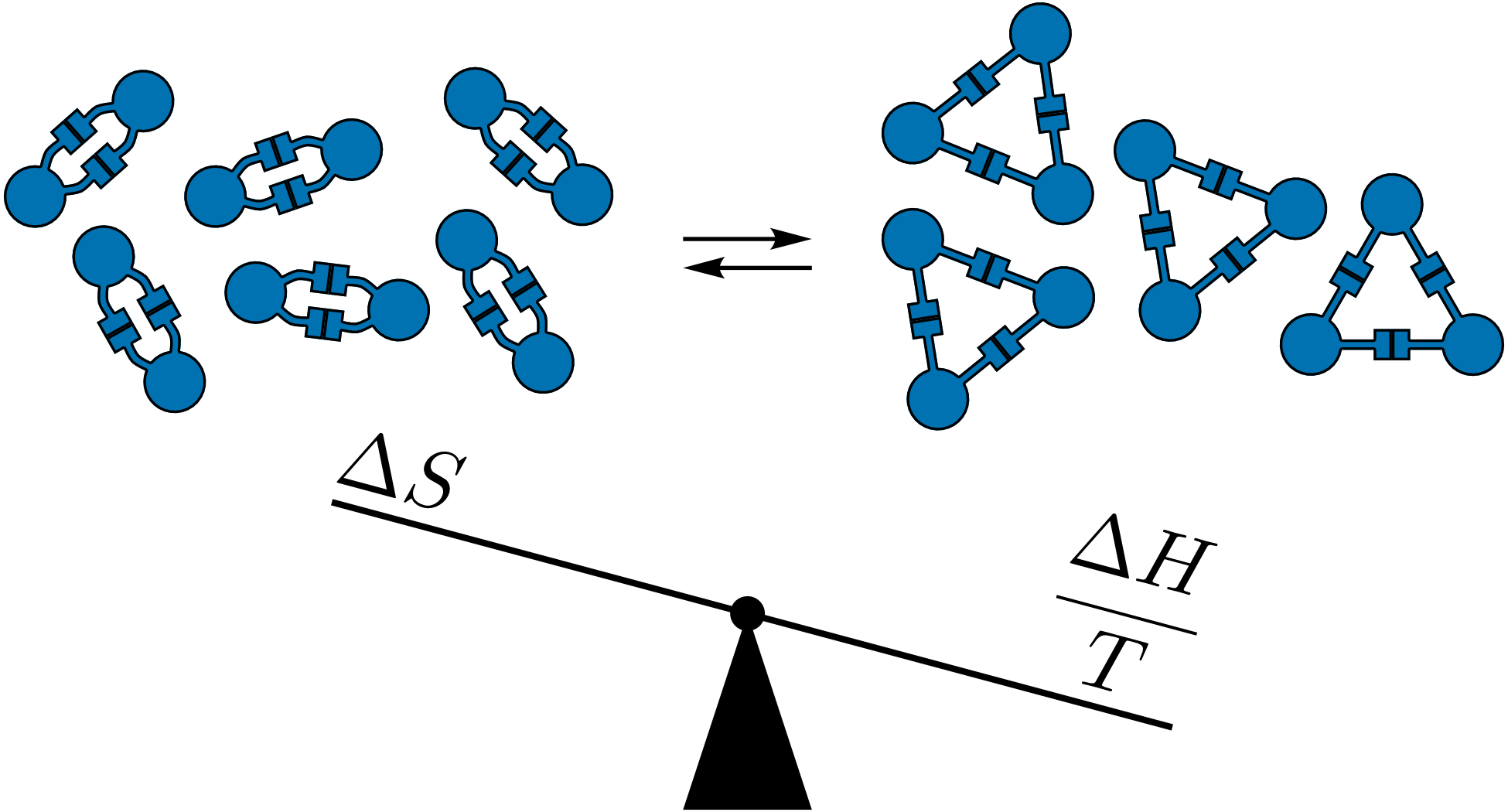Adam G. L. Schafer, Ellen J. Yezierski, and C. Scott Hartley*
J. Chem. Educ. 2019, 96, 1230–1235
[Published version]

Abstract
A laboratory experiment was developed that connects the interpretation of computer-generated models to the self-assembly of macrocycles. Students compare the reactions of terephthalaldehyde and isophthalaldehyde by reacting each with (R,R)-(−)-1,2-diaminocyclohexane. These isomeric systems serve as the foundation for a discussion about the impact of entropy and enthalpy on macrocycle formation. This experiment requires students to use multiple data sources to develop evidence-based explanations about the impact of the starting-material geometry on macrocyclization. Results from laboratory implementation indicate that a majority of students were able to successfully demonstrate competency of the learning goals.
